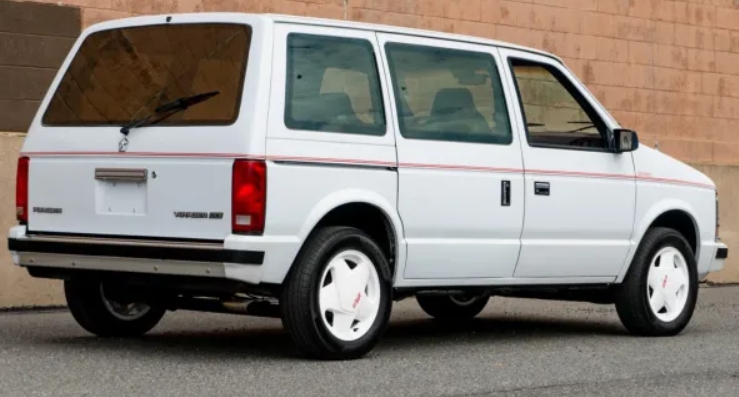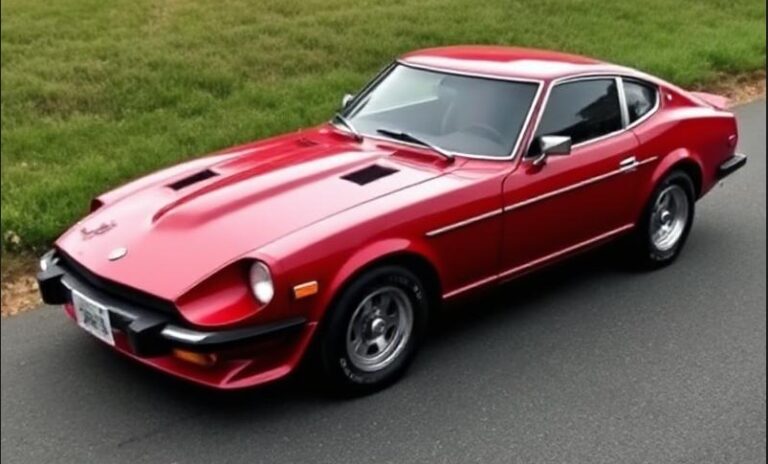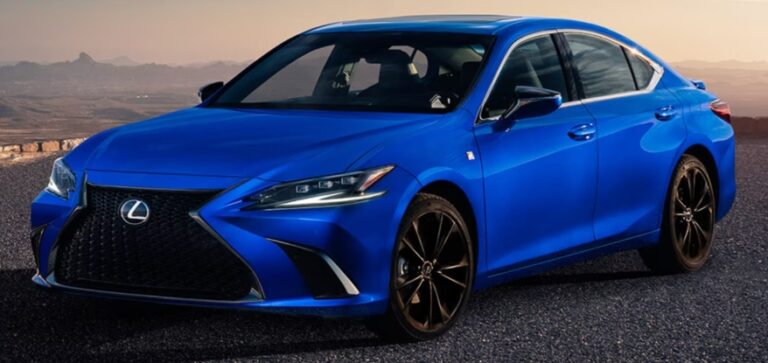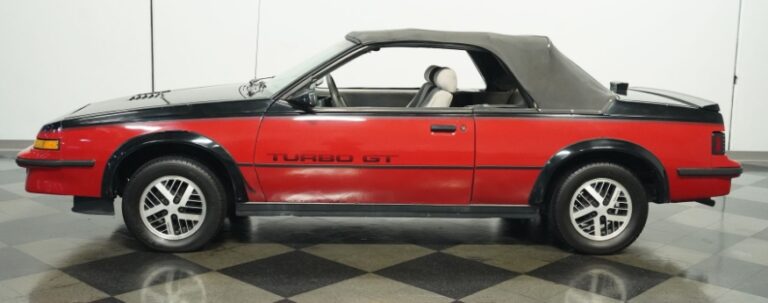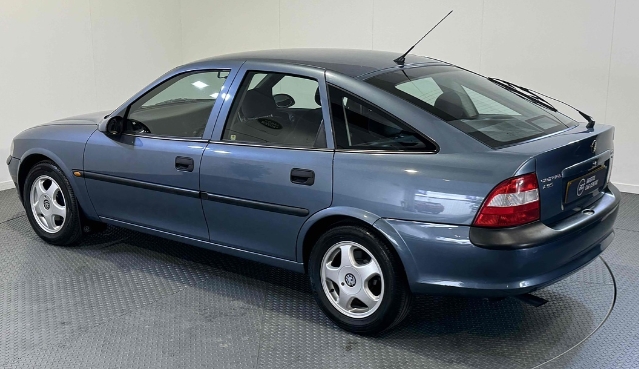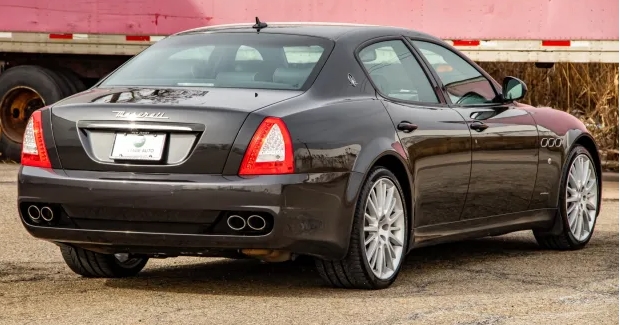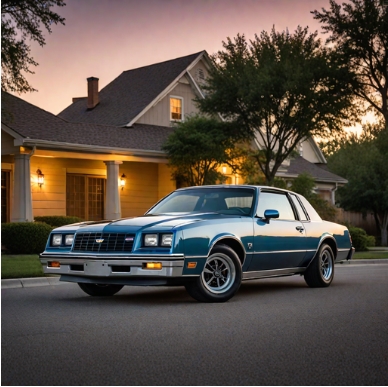The Evolution of the Plymouth Voyager: A Comprehensive Look
The Plymouth Voyager has been a significant player in the American automotive landscape since its introduction in the late 1980s. As one of the original minivans, the Voyager was developed during an era of rapid innovation in the automotive industry, redefining family transportation for millions. This article will explore the evolution of the Plymouth Voyager from its inception in 1983 until its discontinuation in 2000, covering production years, various models, and trim levels.
The Birth of the Voyager (1983-1990)
The Plymouth Voyager was introduced in 1983 as part of Chrysler’s new line of minivans. Designed by Lee Iacocca, who was seeking a practical alternative to the traditional full-size vans of the time, the Voyager quickly gained popularity for its spacious interiors, versatility, and family-friendly features.
1983-1984: First Generation
- Production Years: 1983-1990
- Initial Trim Levels: Base, LE
The first generation of the Voyager featured a unibody construction, which contributed to its lighter weight and improved fuel economy compared to traditional vans. It was available as a 7- or 8-passenger vehicle, with ample cargo space, sliding side doors for easy access, and a range of engine options including a 2.2L inline-4 and a 3.0L V6. The Voyager also included practical features like removable seats, which further enhanced its versatility.
Expansion and Refinement (1991-1995)
1991-1995: Second Generation
- Production Years: 1991-1995
- Trim Levels: Base, SE, LE, and Highline
The second generation Voyager featured a more rounded design, improved safety features, and upgraded interior materials. The rework helped the Voyager remain competitive as other automakers began entering the minivan market. New trim levels were introduced, offering consumers more choice. The 3.3L V6 became the standard engine, and an optional 3.8L V6 provided more power and refinement. The Voyager also included new safety features like anti-lock brakes and dual airbags.
Notable Features:
- Option of a rear-view camera (in later models)
- Enhanced soundproofing and suspension for a quieter, smoother ride
A New Era in Design and Features (1996-2000)
1996-2000: Third Generation
- Production Years: 1996-2000
- Trim Levels: Base, SE, LE, and Limited
The third generation showcased a more modern design with a sleeker look and improved aerodynamics. The introduction of the 1996 model year brought with it improved safety features, including side-impact airbags and a more robust frame designed to absorb impact. The Voyager became more family-oriented than ever, with added features like integrated child seats, rear air conditioning, and advanced audio systems.
In 1999, the final model year for the Plymouth Voyager saw the introduction of the Voyageur. This model featured a rear hatch that opened with the push of a button, and a new, upscale Limited trim that offered leather upholstery and additional luxury features. Chrysler also streamlined its production by consolidating various brands under the same assembly lines, which led to model crossovers between the Voyager and Dodge Caravan.
Notable Features:
- Available optional features such as a power rear liftgate, in-car entertainment systems, and removable second-row seating.
- Enhanced safety features and a focus on passenger comfort.
.
MANY auto lovers not only spend time in their garages to tinker on their autos, but have other projects going on in there as well. Wood working is a popular pastime for the creative type of individual. Not sure what to make next? Or thinking about getting into this kind of hobby? There’s lots of possibilities… Here’s some of them…

.
Discontinuation and Legacy
By 2000, the Plymouth brand was undergoing significant changes. The decision was made to eliminate the Plymouth line altogether as part of Chrysler’s restructuring efforts. The Voyager was among the last models to grace Plymouth’s roster, with the final models rolling off the assembly line in late 2000.
Legacy and Impact:
The Plymouth Voyager has left a significant legacy in the automotive world. It was a pioneer of the minivan segment and laid the groundwork for numerous competitors that followed. The Voyager’s innovative design and approach to family transport significantly influenced consumer preferences and the types of vehicles that manufacturers would produce in the ensuing decades.
Additionally, the Voyager helped to create a new market for minivans that prioritized family-friendly designs, practicality, and safety features. This market would grow to include popular vehicles like the Honda Odyssey and the Toyota Sienna, ultimately leading to a competitive landscape that redefined transportation for families across America.
Trim Levels Overview
Throughout its production, the Plymouth Voyager was offered in several trim levels. Here’s a summary of the primary models and trims:
- First Generation (1983-1990):
- Base
- LE
- Second Generation (1991-1995):
- Base
- SE
- LE
- Highline
- Third Generation (1996-2000):
- Base
- SE
- LE
- Limited (launched in the final year)
Conclusion
In conclusion, the Plymouth Voyager represents a pivotal chapter in the history of American automobiles. From its introduction as a revolutionary minivan to its discontinuation, it embodied practicality and adaptability, solidifying its place in the hearts of consumers. The Voyager’s evolution not only mirrored changes in consumer preferences but also influenced broader trends in family vehicles. Though the Voyager nameplate is no longer in use, its legacy continues through the ongoing success of minivans and family-oriented vehicles in the automotive market.
